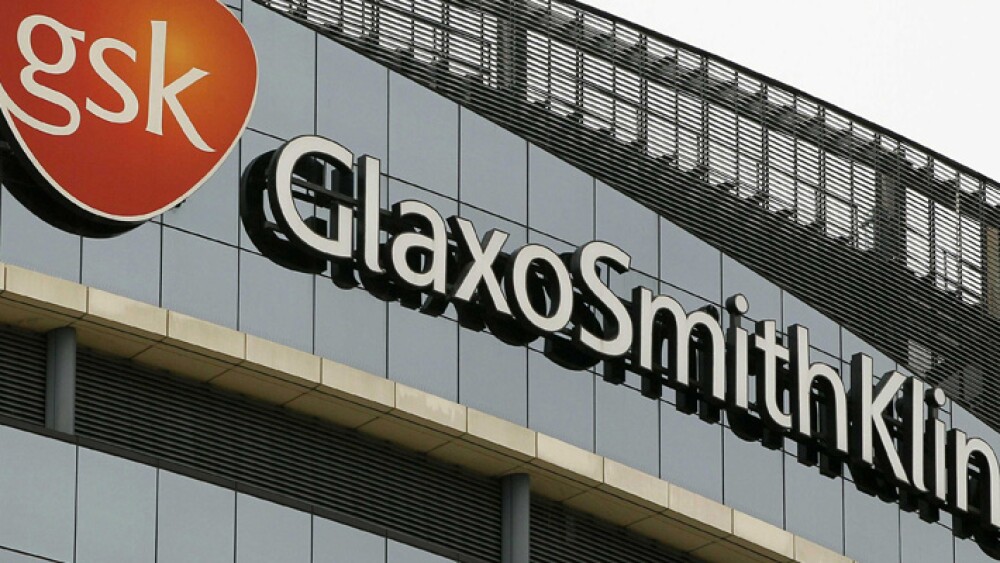May 1, 2017
By Mark Terry, BioSpace.com Breaking News Staff
London-based GlaxoSmithKline announced today that it is investing $139 million into its manufacturing location in Rockville, Md.
The investment is in support of the growth of Benlysta (belimumab) for adults with active, autoantibody-positive, systemic lupus erythematosus (SLE). The funds will be used to grow internal capacity to increase bulk drug substance production by almost 50 percent at the site.
“Benlysta is the first medicine specifically developed and approved for SLE in over 50 years,” said Sheri Mullen, vice president of Immunology & Rare Diseases for GSK, in a statement. “We are so pleased that on the first day of Lupus Awareness Month we are able to announce this expansion in Rockville, increasing our ability to provide this important medicine to patients.”
In addition, the company expects to use the facility to manufacture a new subcutaneous type of belimumab. On September 2016, GSK announced that it had filed submissions with the U.S. Food and Drug Administration (FDA) for a Biologics License Application (BLA) and with the European Medicines Agency (EMA) for an extension Marketing Authorization Application (MAA) for Benlysta as a subcutaneous formulation in patients with active, autoantibody-positive SLE.
“Lupus is a complex and debilitating disease, mainly affecting women of working age, and its symptoms and impact vary from person to person,” said Paul-Peter Tak, GSK’s chief immunology officer and senior vice president Research & Development Pipeline, in a September 2016 statement. “If approved, a subcutaneous formulation of Benlysta would provide an alternative approach to treatment administration, helping to address the individual needs of lupus patients.”
Benlysta sales have grown since 2014 by 18 percent each year in the U.S. In 2016, GSK reported $377 million in Benlysta sales in the U.S. alone.
The site in Rockville is two FDA-licensed facilities for both large and small-scale manufacturing. It currently employs more than 400 scientists, engineers and manufacturing and quality professionals.
Related announcements include a $50 million investment to develop its Global Vaccines R&D Headquarters in Rockville, Md., which opened in December 2016. And it also invested $245 million into its Upper Providence, Penn. Location to evolve it into two major R&D hubs for GSK’s global operations. That was announced in December 2014.
On April 1, the company’s new chief executive officer, Emma Walmsley, indicated that her top priority was the company’s pharmaceuticals unit. “We’d like to have probably fewer and more focused priorities, to have bigger launches,” she told reporters at the company’s 2017 first-quarter release. This is considered a shift for the company, which recently announced several new drug launches, but none that were multibillion-dollar blockbuster launches.
Despite five years of sluggish drug sales, the quarter showed growth. Sales and adjusted earnings per share (EPS) climbed 19 and 31 percent, respectively to 7.38 billion pounds and 25.0 pence. This was slightly above forecasts of 7.26 billion pounds and EPS of 24.5p.
“This is a positive start for the year with sales growth in all three of our businesses and an improvement in the group’s operating margin,” Walmsley said in a statement.
According to Seeking Alpha, “The positive signals from the first quarter 2017 results of GlaxoSmithKline are related to the performance of two key growth drivers (Vaccines and Advair), which have compensated the weakness in the HIV franchise.”
Vaccines sales were 1.15 billion pounds, about 11 percent higher than expectations. Consumer Healthcare sales were 2 billion pounds, in line with expectations. Respiratory sales were 1.7 billion pounds, also in keeping with expectations. On the downside, Viiv sales were 985 million pounds, 5 percent lower than consensus expectations.
“The key investor takeaway,” Seeking Alpha reported, “is that the corporate signals are mixed, with some good messages related to Vaccines and Advair, but some weaknesses related to the HIV franchise. With the stock still trading at discount to peers, more clarity around the outlook of the HIV franchise over the coming quarters will be needed to drive the stock higher from here.”





